| I used to joke by saying through the years that photographers have only one Goddess: Amaterasu, 天照, the Goddess of the Sun, but also of the Universe. The name Amaterasu derived from Amateru meaning « shining in heaven » in Japanese. What could we do without light? In landscape photography, there is no flash, which can help; we just surrender to the light, following her instructions to be at the right place at the right time, knowing perfectly well that she will not wait for us and that each moment is unique. Grasping the instant when the rays of sunshine stroke the scenery is just amazing. Among other topics we will enter the mysterious twilight zone and try to involve you with in-depth technical guide to shooting dynamic images in diminished light. We wish to share with you why discovering new locations is an eternal joy of landscape photography. Motion blur, freeze frame, time-lapse photography: capturing the effects of time and motion are two of the hottest topics in blogs and photo sharing platforms. We want to share with you the technical and aesthetic know-how for representing a three-dimensional world in a two-dimensional medium. We also want to explore with you the foundations of composition, light and dimension that create the illusion of movement and passing time and guide you through a wide breadth of subjects, from shooting wildlife, people, landscapes and moving backgrounds to creative digital techniques and panning. We also want to explore with you High Dynamic Range (HDR) imaging that has become synonymous with compelling photography in today’s digital world. Have a pro at your side – all the time. As a lover of beautiful images, contact us and let us know how we can plan your next trip. Cartier Bresson once said, “There is nothing in this world that does not have a decisive moment.” Finding this decisive moment is one of the most exciting things you can search for in your quest for portraits. Being patient and waiting for these moments can result in expressive portraits. It helps a traveler to interact with their subject. Some would argue that interacting with your subject changes the image; that by imposing yourself into their lives, the photographer changes the natural way a local person would act. But you could also argue that travel is one way to get to know other people whose lives are different from yours and make new friends, and that certainly doesn’t hurt anyone. A portrait is a study of someone. More than someone’s picture, it is a representation of his or her identity. Especially when the person is wearing something that already gives the photo context and story, filling the frame with their face makes a lot of sense, and adds a lot of drama. Conversely, you can keep your distance and use a long lens. Using a long lens, what I call the “sniper method” of travel portraiture, allows you to capture people in their natural state. Because you are not intruding upon their attention, you may get portraits that are more candid. Finding a good background is often crucial to making a portrait work. Learning how to spot a background that will work for your image is a skill that’s useful. An uncluttered, simple background will make your subject pop. The mission of our travel photography support is to give you both the inspiration and knowledge you need to take stunning digital photographs. Starting at the beginning and explaining digital photography from scratch, we provide advice on choosing the right equipment and explanations of the techniques you will need for photographing in an outdoor environment. The core of our support is showing how to deal with light, composition, close-ups and locations by showcasing striking images and then offering comprehensive and entertaining explanations on all aspects of producing them. We feature below some fragments of outdoor destinations in the Americas, Africa and Asia to share with you the taste of traveling, and to stir the nomadic soul buried deep inside us! Chiapas, Mexico. Chiapas (officially Free and Sovereign State of Chiapas (Spanish: Estado Libre y Soberano de Chiapas), is one of the 31 states that, with the Federal District, comprise the 32 Federal Entities of Mexico. It is divided into 118 municipalities and its capital city is Tuxtla Gutiérrez. Other important cites in Chiapas include San Cristóbal de las Casas, Comitán, and Tapachula. Located in Southwestern Mexico, it is the southernmost State of Mexico. It is bordered by the states of Tabasco to the north, Veracruz to the northwest and Oaxaca to the west. To the east, Chiapas borders Guatemala, and to the south the Pacific Ocean. Chiapas is home to the ancient Mayan ruins of Palenque, Yaxchilán, Bonampak, and Chinkultic. It is also home to one of the largest indigenous populations in the country with twelve federally recognized ethnicities. Much of the state’s history is centered on the subjugation of these peoples with occasional rebellions. The last of these rebellions was the 1994 Zapatista uprising, which succeeded in obtaining new rights for indigenous people. Ecuador. Picturesque colonial centers, Kichwa villages, Amazonian rainforest and the breathtaking heights of the Andes – Ecuador may be small, but it has a dazzling array of wonders. The historic centers of Quito and Cuenca – both Unesco World Heritage Sites – are lined with photogenic plazas, 17th-century churches and monasteries, and beautifully restored mansions. Wandering the cobblestone streets amid architectural treasures from Spanish colonial days is a fine way to delve into the past. The Amazon rainforest offers a vastly different, wildlife-watching experience. From a remote lodge tucked away in the jungle, you set out on the rivers and trails snaking through the undergrowth in search of monkeys, sloths, toucans, jaguars and other creatures. Symmetrical, glacier-clad Cotopaxi (the neck of the moon) volcano is Ecuador’s most well-known volcano and one of its most active. Nested summit craters, the largest of which is about 550 x 800 m in diameter, cap the steep-sided cone. The modern conical volcano has been constructed since a major edifice collapsed more than 5000 years ago. Pyroclastic flows (often confused in historical accounts with lava flows) have accompanied many explosive eruptions of Cotopaxi, and lahar has frequently devastated adjacent valleys. The most violent eruptions took place in 1744, 1768, and 1877. Pyroclastic flows descended all sides of the volcano in 1877, and lahar traveled more than 100 km to the Pacific Ocean and western Amazon basin. The last significant eruption of Cotopaxi took place in 1904. Thailand. The celestial world is a close confidant in this Buddhist nation, where religious devotion is a colorful and ubiquitous spectacle. Gleaming temples and golden Buddha’s are to be found in both the traditional rural and modern landscape. Ancient banyan trees are ceremoniously wrapped in sacred cloth to honor the resident spirits; fortune-bringing shrines decorate humble noodle houses as well as towering modern malls, while garland-festooned vehicle dashboards ward off traffic accidents. The Thais’ ongoing dialogue with the divine anchors the day-to-day chaos to a solid base of tranquility. A visit to the city of Chiang-Mai is a must in any journey to Northern Thailand. Along with Sukhothai further south, it was the first Southeast Asian state to make the historic transition from domination by Mon and Khmer cultures to a new era ruled by Thais. Near Chiang Mai there is the Thai Elephant Conservation Center, the first camp in Thailand enabling tourists to ride on the back of elephants over 15 years ago. The Thai Elephant Conservation Center is the only government-run organization in Thailand which aims to protect these noble animals, which once played a key role in Thailand’s in the operations of forest industry but are now endangered. Thailand’s mountainous western border with Myanmar is inhabited by Karen tribes following ancient customs and traditions the origins of which the Karen themselves say they have forgotten. The Karen are not one homogeneous group but rather a loose confederation of heterogeneous and closely related tribes. The Karen’s many traditions include special ways of beautifying the women of the tribe and each tribe has their own ideal of beauty, resulting in as many distinctive features of beauty among the Karen as there are divisions within the larger tribe. A small number of Karen – Padaung tribes reside in the Mae Hong Son area of northwestern Thailand are commonly known as the Long-Necks, signifying the practice of adorning their women with brass rings around the neck. Other Karen-Padaung tribes reside in Phrae Province, in the north central part of Thailand, and Baan Thaton in far north Chiang Mai province. Their primary female beauty feature is the use of carved elephant tusk in the ears. These unique methods and mediums of adornment go back a long way, and the Karen-Padaung of Mae Hong Sorn and Phrae continue these traditions today. India. stands for its incredible culture, spectacular forts and palaces, great traditions and rituals. This so called “country of snake charmers and magicians” boasts of a great civilization. Be it the people, lifestyle or the mystical charm, India has always amazed the world with her uniqueness. Colors of India, as the name suggests, is an attempt to highlight various aspects and achievements of India and its people. Rajasthan, once ruled by the mighty Rajput warriors, boasts spectacular reminders of its colorful past in its many beautiful forts and palaces. Exquisite temples and shrines add to the many architectural marvels of the region, all set amidst meticulously landscaped gardens and sparkling lakes. Known for its vibrant, colorful culture, the region is famed for its exceptional craftwork, from leatherwork and textiles to gems and miniature paintings. Skills such as gem-cutting, jewellery design, spinning, weaving and embroidery have been passed down from generation to generation, and a shopping expedition in Rajasthan can reward the visitor with a range of finery fit for a maharaja. Iran. Travelling through this fascinating country, is to discover refined Islamic cities, colorful bazaars, ancient Persian ruins, fascinating nomads and shimmering deserts. Esfahan (Es·fa·han (ĕs’fə-hän’) or Is·fa·han (Persian: اصفهان) a city in central Iran, south of Tehran, is considered not only by locals to be among the most beautiful cities in the world. An ancient town and capital of Persia from 1598 to 1722, it was long noted for its fine carpets and silver filigree. Today textile and steel mills take over their place. Its architecture, tree-lined boulevards and relaxed pace make it one of the highlights of Iran’s cities. The capital of Esfahan Province, and once the country’s capital, the Persians call it “Nesf-e-Jahan”, meaning “Half The World”. Shiraz pronunciation (help·info) (i/ʃiːrɑːz/; Persian: شیراز Shīrāz, Persian pronunciation: [ʃiːˈrɒːz]) is the sixth most populous city of Iran and the capital of Fars Province. Shiraz is located in the southwest of Iran on the Roodkhaneye Khoshk (Dry river) seasonal river. It has a moderate climate and has been a regional trade center for over a thousand years. It is regarded as one of the oldest provinces of ancient Persia. The earliest reference to the city, as Tiraziš, appears on Elamite clay tablets dating back to 2000 BC.[6] In the 13th century, Shiraz became a leading center of arts and letters, due to the encouragement of its ruler and the presence of many Persian scholars and artists. It was the capital of Persia during the Zand dynasty from 1750 until 1781, as well as briefly during the Saffarid period. Shiraz is known as the city of poets, literature, wine and flowers.[7] It is also considered by many Iranians to be the city of gardens, due to the many gardens and fruit trees that can be seen in the city. Persepolis was the ceremonial capital of the Achaemenid Empire (ca. 550–330 BCE). Persepolis is situated 70 km northeast of the modern city of Shiraz in the Fars Province of modern Iran. The earliest remains of Persepolis date from around 515 BCE. UNESCO declared the citadel of Persepolis a World Heritage Site in 1979.[1] To the ancient Persians, the city was known as Pārsa (“The City of Persians”).*[2] The English word Persepolis is derived from the Greek Πέρσης πόλις Pérsēs pólis (“Persian city”). In contemporary Persian, the site is known as تخت جمشید Takht-e Jamshid (“The Throne of Jamshid”), and چهل منار Chehel minar (“The Forty Columns/Minarets”). Ethiopia. With a history as rich as any in North Africa, with birds and mammals as interesting as any in East Africa, with tribal groups as fascinating as any in West Africa, and with a climate and scenery as pleasant as that in South Africa, Ethiopia, turns out to be a country far richer than many might imagine. As big as France and Spain put together, or five times as big as Britain, Ethiopia is located in the north east of the Horn of Africa. Its strong cultural identity stems from the fact that it was the only African country to escape European colonialism. This country has the oldest Christian civilization and the oldest archeological record on earth. It has its own language and script, its own calendar and clock. Wade through incense into a medieval world hewn from stone in Lalibela, and watch the line between past and present blur while taking part in striking Christian ceremonies that haven’t changed in 1000 years. Ethiopia’s storied and sovereign history has left its wide-ranging and fertile highlands laden with historical treasures, ranging from the ancient tombs and obelisks of Aksum to the historical city of Harar. Many are more than a peek into the nation’s past; they are a giant two-footed leap. Ethiopia’s landscapes are no less dramatic, and range from the Simien Mountains National Park and Bale Mountains National Park, which proffer tremendous trekking and innumerable interactions with dozens of animals and birds seen nowhere else on earth, to the Danakil Depression in Northern Ethiopia, an enchanting and unforgivingly hostile environment offering extreme adventure. The remote lowlands in the sultry southwest are also home to untold adventures and house some of Africa’s most fascinating tribes. Addis Ababa, which means “New Flower” in Amharic, is an intriguingly indigenous African city. Unlike many other African capitals, its founding, growth and development, are not rooted in colonization. Founded in 1896 by Emperor Menelik II, Addis Ababa is the last in a succession of capitals of the great Abyssinian Empire dating back to the pre-Christian Axum (Brunn & Williams 273). Because of its indigenous character, and the great legacy of the Abyssinian Empire, Ethiopia and its capital city have become a source of pride for the Pan-African movement. Djibouti. Small in size, big in ambitions, Djibouti may be one of the tiniest, youngest and least-known nations in Africa, but it could also well be the most talented or, depending on your perspective, the most opportunistic. While its larger, more powerful neighbors are embroiled in a never-ending border dispute, Djibouti stands out as a haven of stability and neutrality. The Gulf of Tadjoura is a gulf or basin of the Indian Ocean in the Horn of Africa. It lies south of the straits of Bab-el-Mandeb, or the entrance to the Red Sea, Most of its coastline is the territory of Djibouti, except for a short stretch on the southern shore, which is part of the territory of Somalia. At the entrance of the Gulf is the group of small islands of Moucha and Maskali. At the bottom of the Gulf, separated only by a narrow neck of land, lies the Ghoubet with the famous Devil island, followed by lake Assal. Lake Assal (Arabic: بحيرة عسل Buḥayrah ʿAsal, literally honey lake) is a crater lake in central-eastern Djibouti This crater lake is classified as a thalassohaline body, meaning it is dominated by sodium and chloride, reflecting the ionic composition of ocean waters; Lake Assal is an endorheic basin, meaning it has no flow outlet, so that salinity is concentrated as massive evaporation proceeds in this hot arid climate. Lesotho. “The magic mountain kingdom in the sky” is the Lesotho Tourist Ministry’s slogan. I recall one of my first reports for the newsletter UN Special using this enchanting title (see editorial section or this link: http://www.unspecial.org/UNS626/UNS_626_T14.html ) The Uniqueness of Lesotho is not confined to its scenic beauty and tranquility alone nor to the four seasons that express themselves in different moods in the open nature that surrounds. The people of Lesotho, the Basotho, will themselves add an inimitable flavor to the experience of each traveler visiting Lesotho. The Kingdom is a fenceless country; a whole 11,716 square miles of land surface, about the size of Belgium, and completely surrounded by the Republic of South Africa. Lesotho has one of the most inspiring landscapes in Africa, the altitude never drops below 1000m above sea-level. Sculpted into the spectacular, mountainous terrain of the highlands are soaring peaks, deep valleys, gushing waterfalls and mighty rivers. Cradled in the mountains of Southern Africa, Mokhotlong is one of Lesotho’s ten districts, located in the northeastern part of the country. It is the first major town along the road from South Africa across the Sani Pass, near the Maloti (Drakensberg in South Africa) Mountains. The name of the city is a word in Sesotho, the language of the people of Lesotho, meaning “Place of the Bald Ibis.” The Kingdom of Lesotho came into being during the early 19th century, when both the difaqane (forced migration) and Boer incursions into the hinterlands were at their height. Under the leadership of the legendary king Moshoeshoe the Great, the Basotho people sought sanctuary and strategic advantage amid the forbidding terrain of the Drakensberg and Maluti Ranges. The small nation they forged continues to be an intriguing anomaly in a sea of modernity. Contact us and lets us awaken your wanderlust and create exciting images of your adventures, whether close to home or far abroad. |
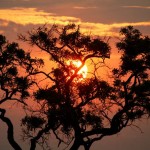 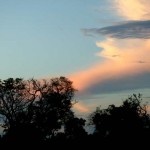  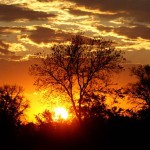 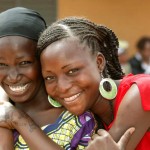 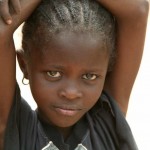 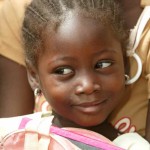 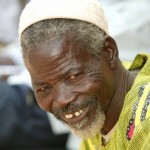  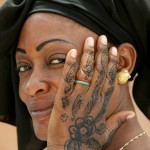 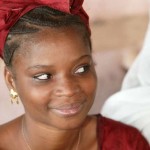 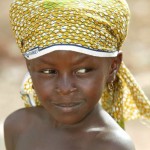 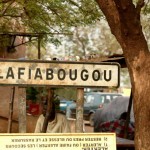 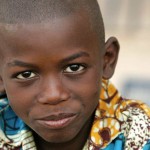  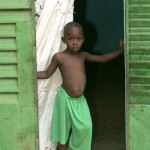 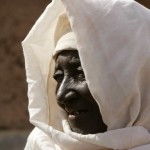 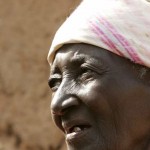 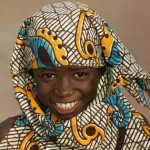 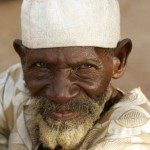    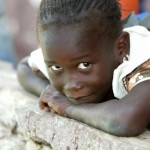    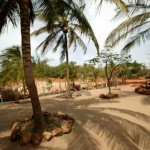 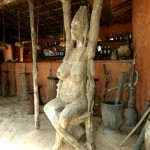 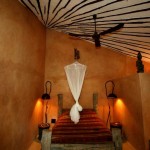 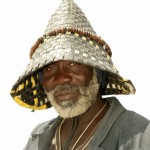 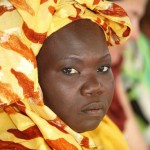 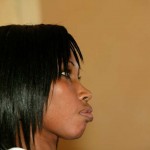 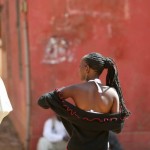 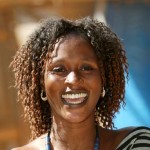 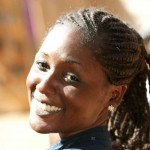 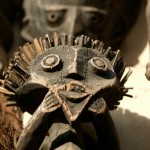 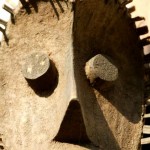 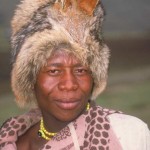 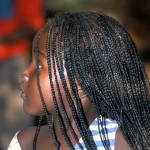 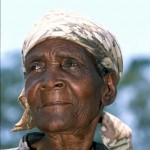 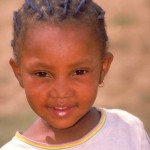  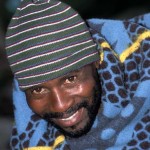 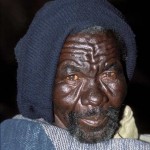 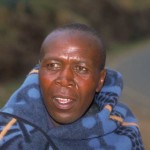 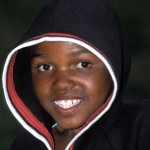 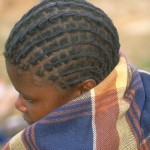  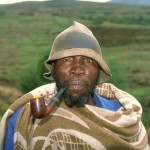 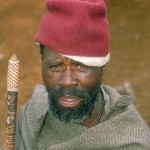  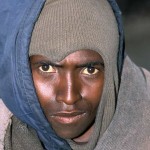 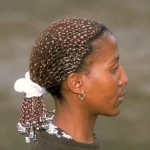 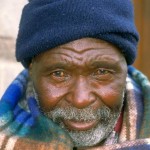 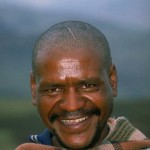 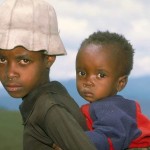  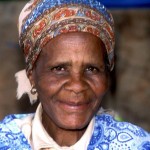  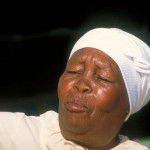 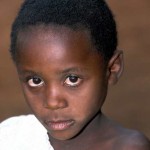 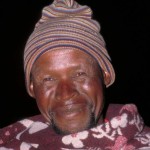  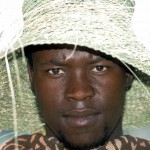 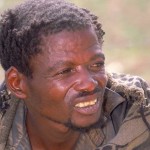 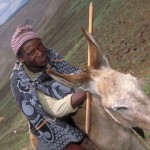 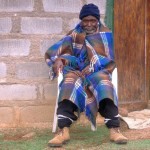  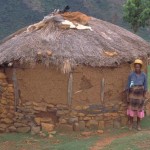 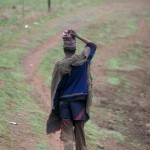 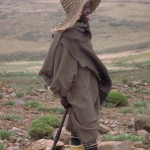 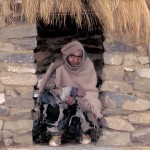 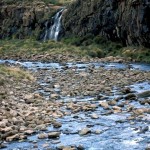 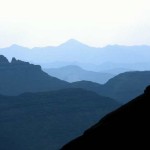 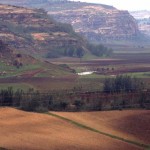 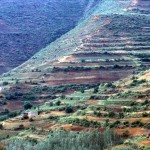 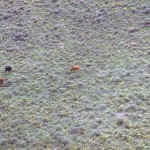 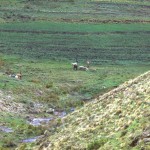  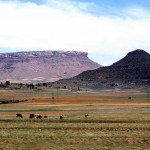 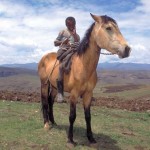 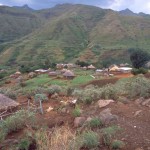 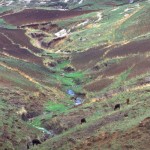 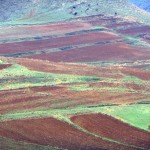 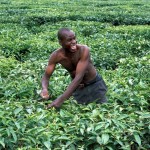 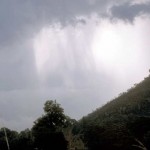 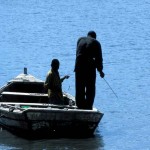  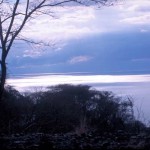 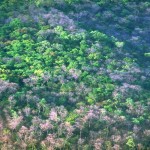 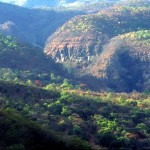  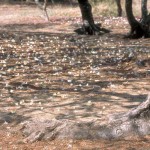 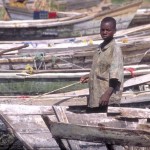  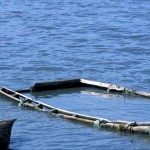 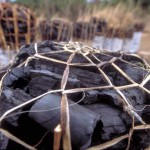   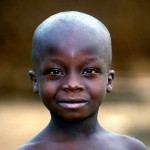 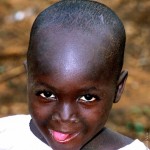  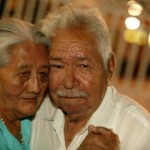 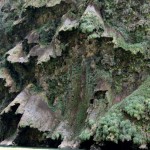 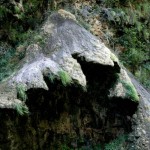 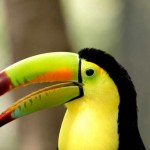  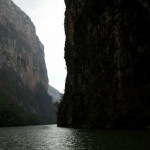 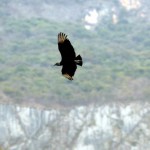 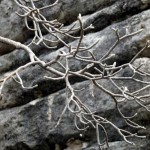  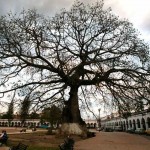   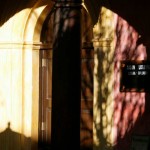 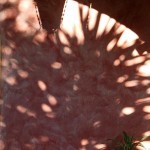 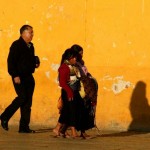 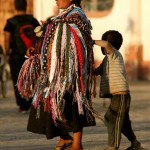  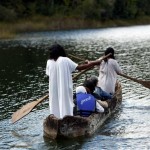 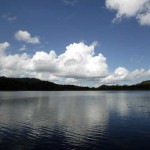 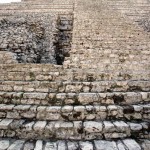 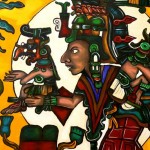 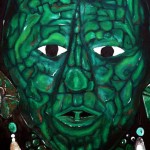 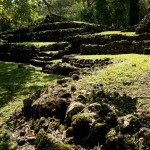  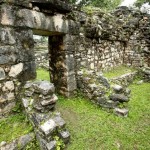 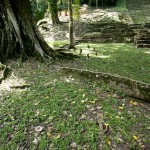 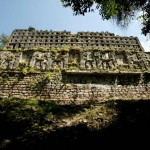 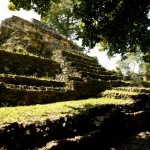 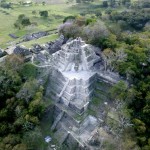   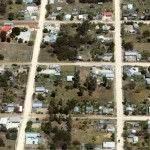 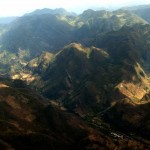 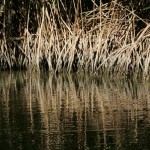 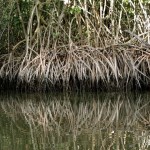     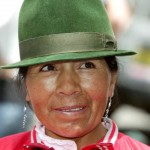 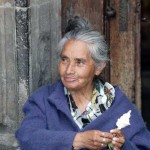 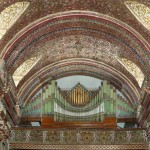 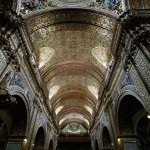 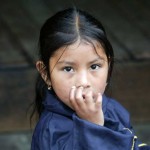 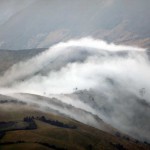 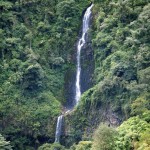 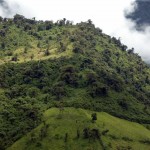 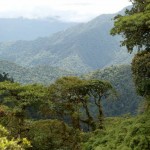  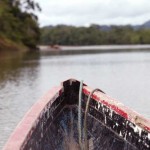 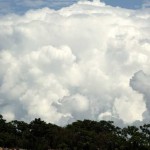 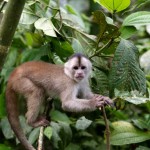 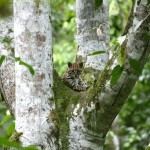 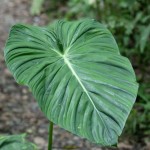   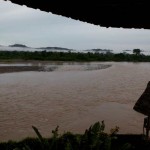 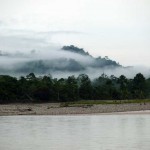   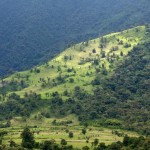 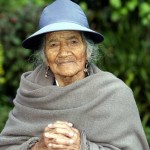 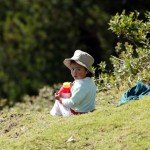 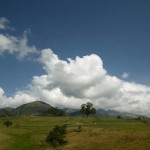 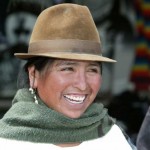 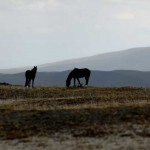 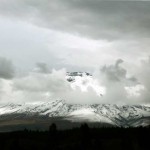 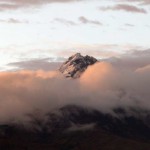 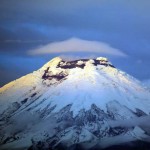 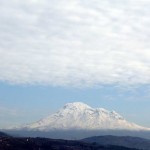 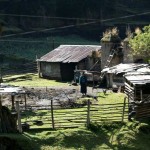 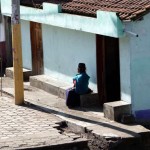 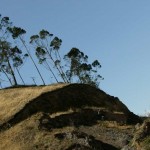 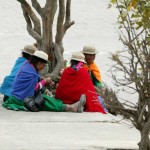 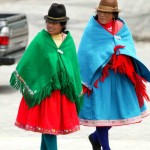 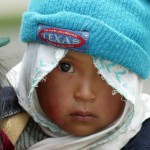 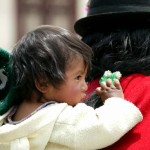 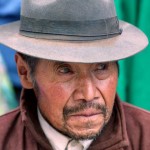 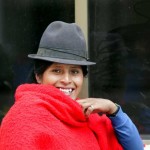 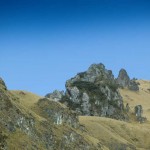 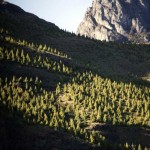    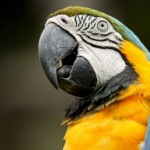     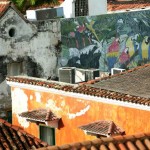 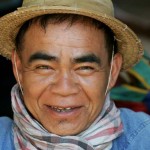 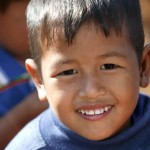  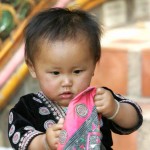 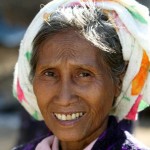 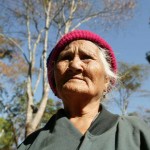  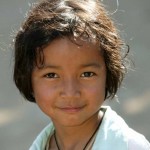 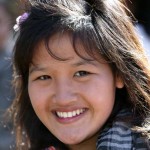 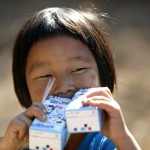 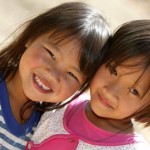 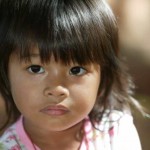  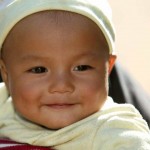 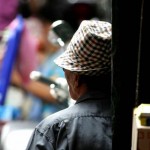 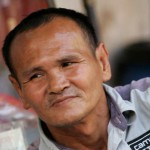 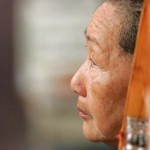  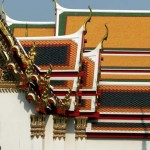 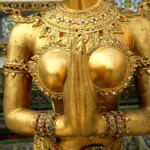 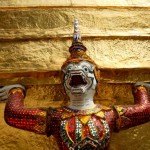 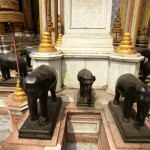 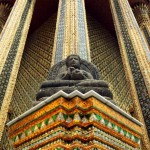 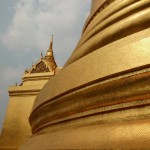 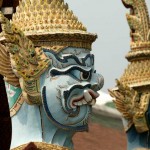 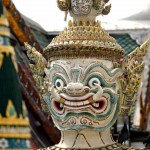 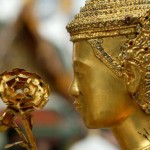 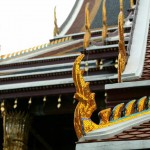 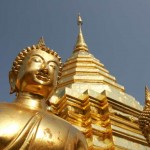 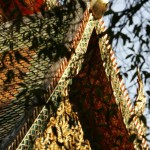 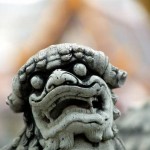 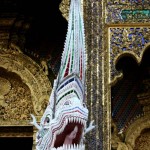 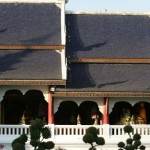 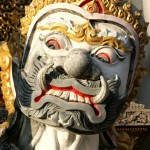 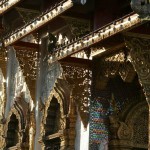 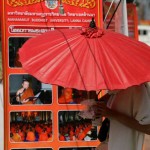 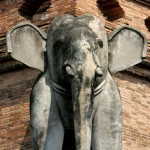 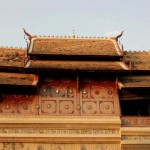 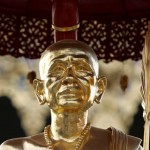 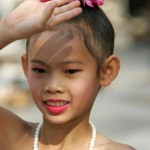 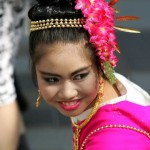 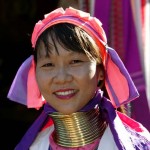 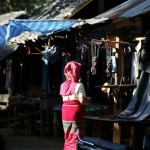 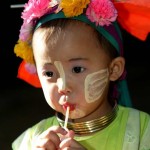 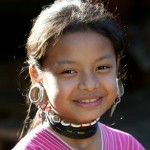  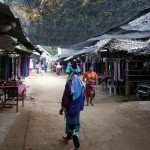 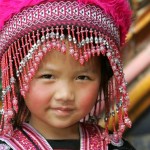  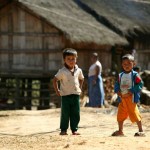  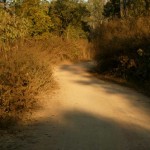 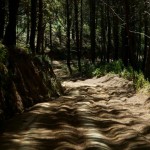 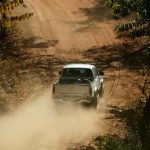 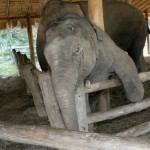 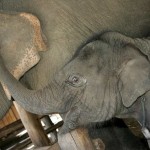 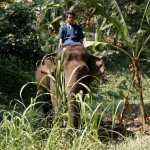 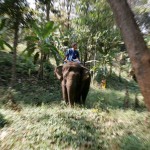 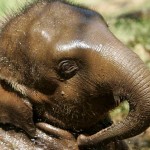 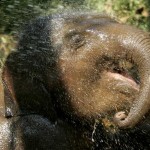 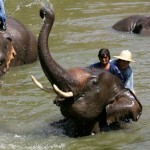  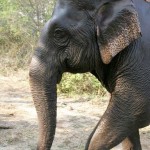 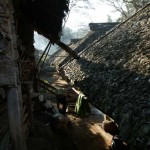     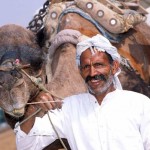 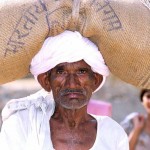 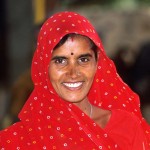 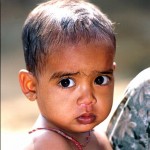 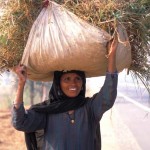 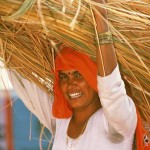 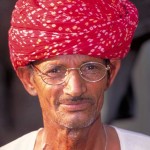 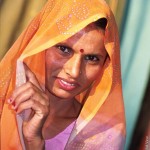 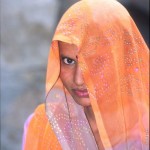 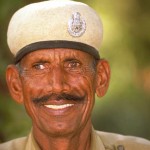 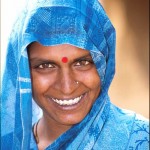 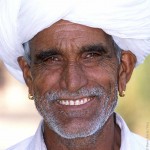 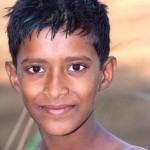  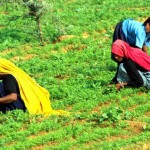 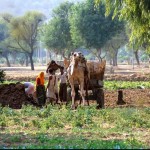 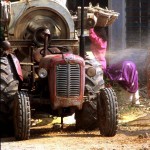 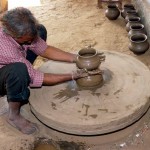 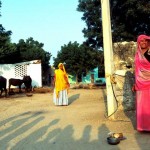 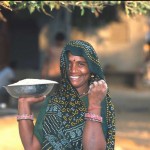 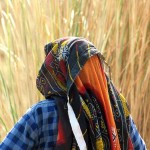 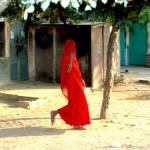 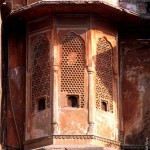 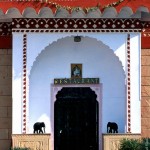 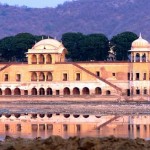 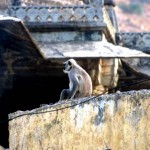  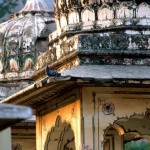 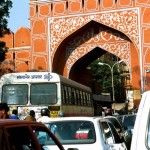   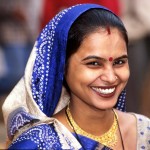  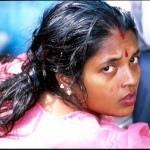 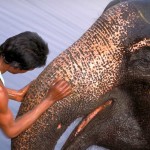 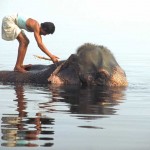 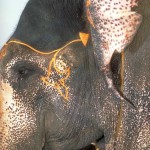 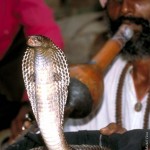 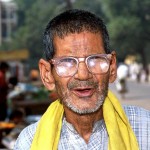  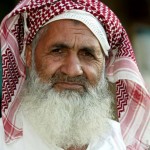 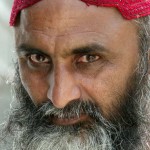 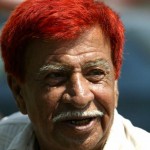 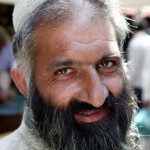  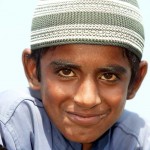 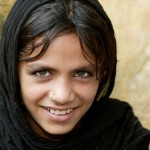 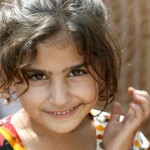 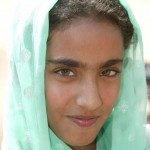 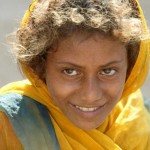 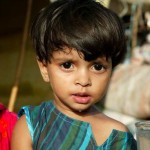 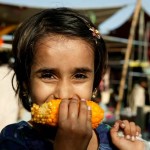   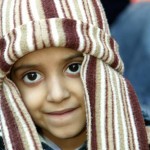 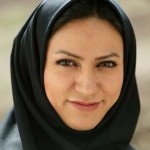 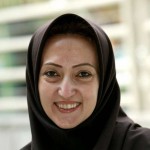  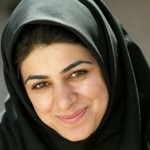  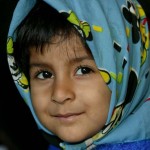  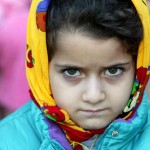 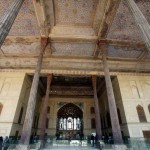 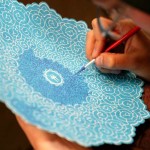   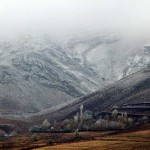 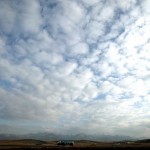 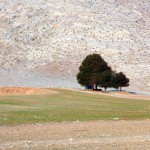 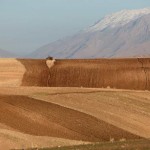 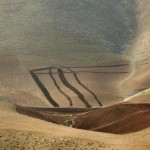 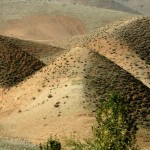 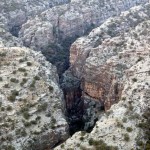 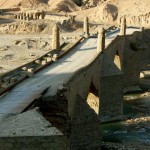 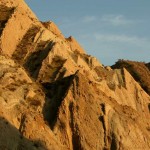 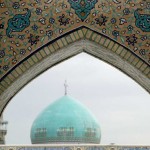 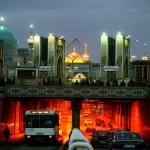  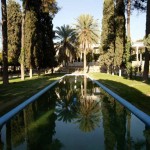 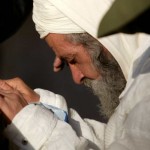 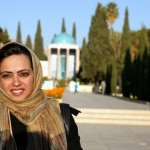  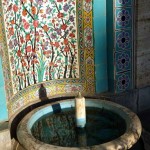 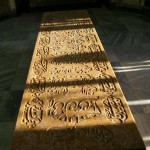 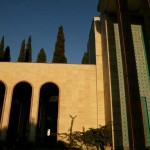 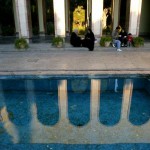 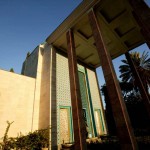 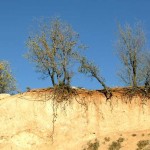 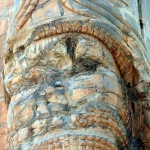 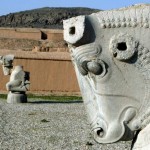 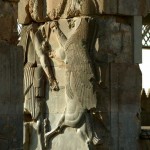 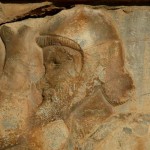  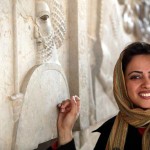 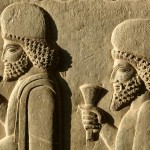 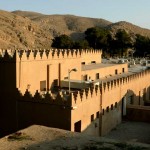 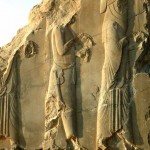 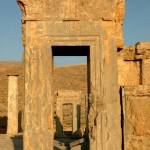 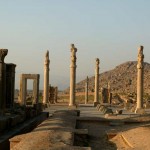 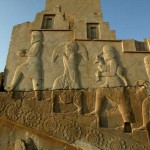  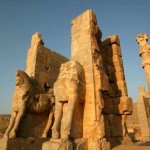 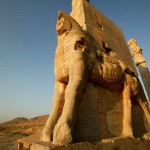 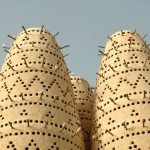 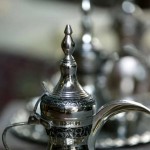 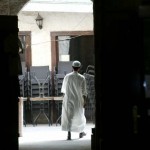 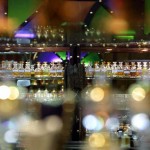 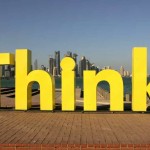 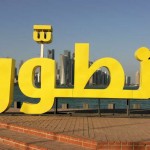 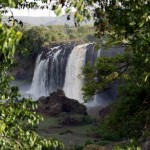 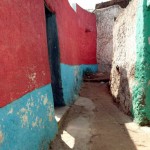 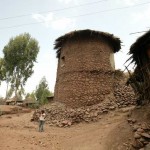 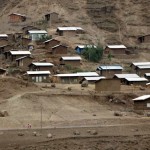 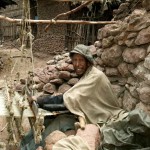 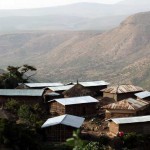 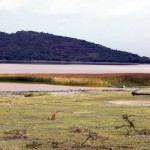 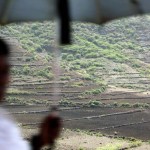 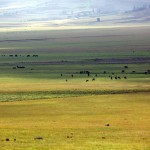  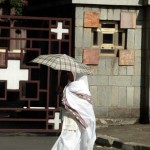 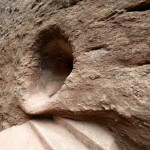 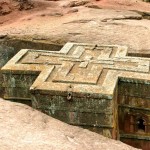 |
|
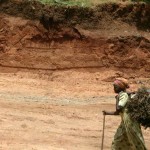 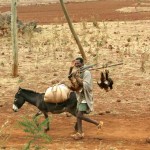 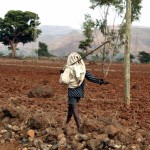 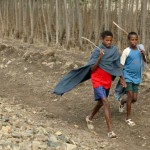 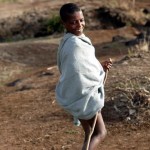 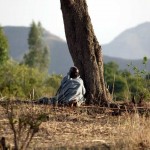 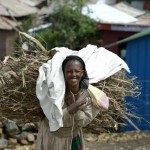 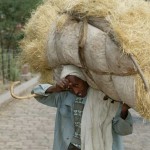 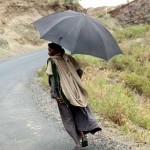 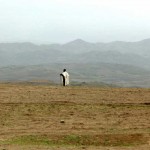 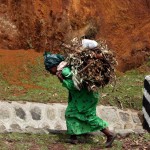  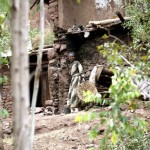 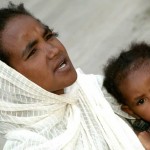   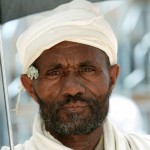 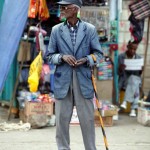 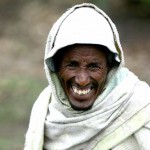 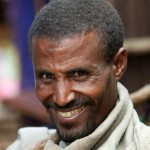 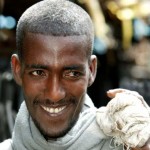 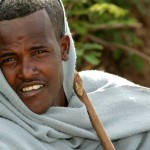 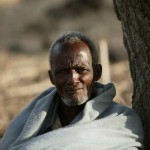 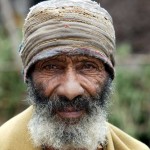 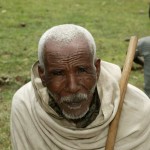   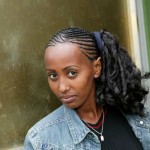 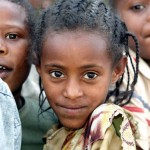   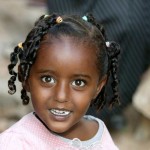  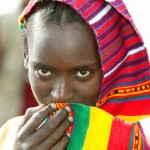 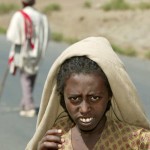 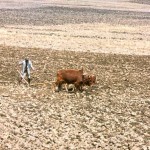 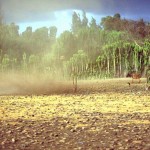 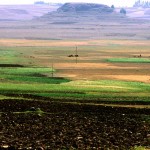 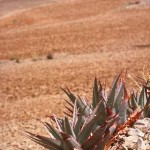 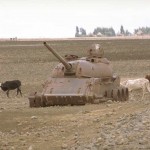  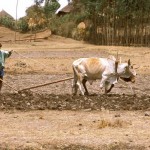 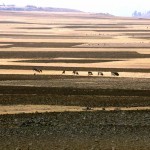 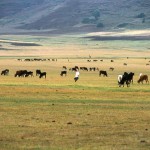 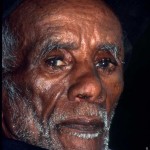 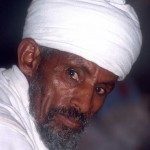  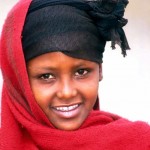 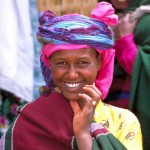  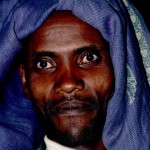 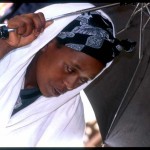 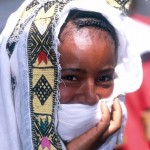 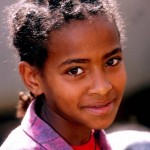 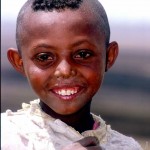 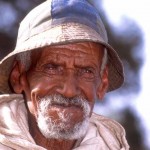 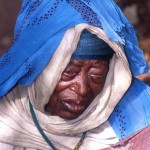   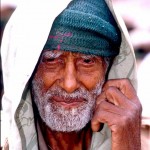 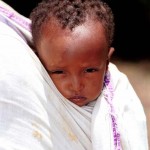  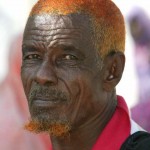  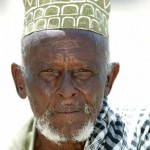 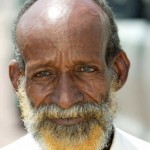 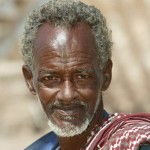 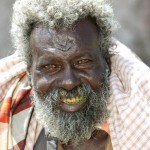 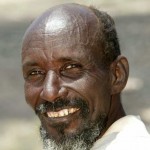 |
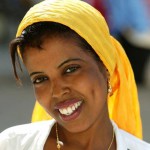 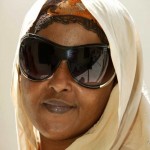 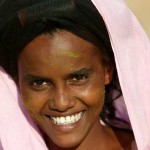 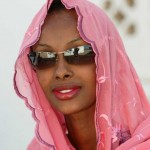 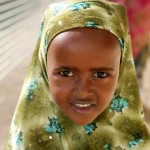 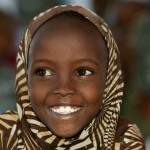 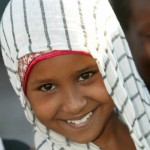 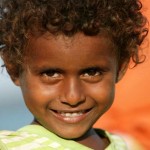 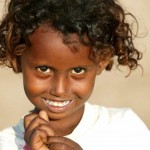 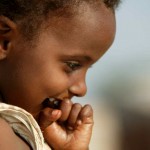  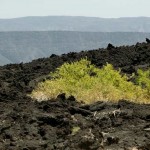 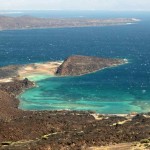 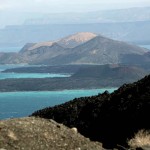 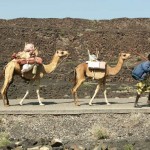 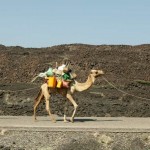  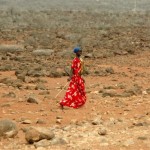 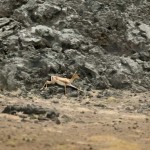 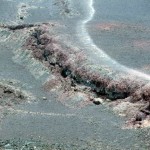 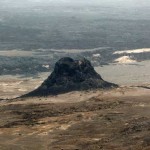 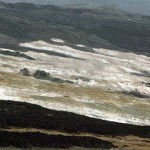 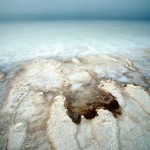 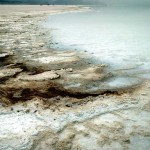 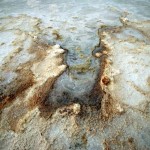  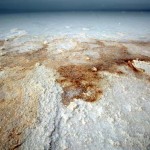 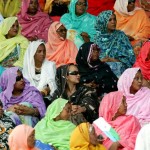  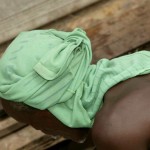 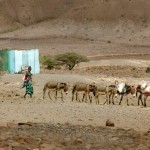 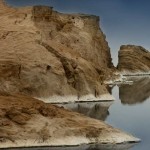 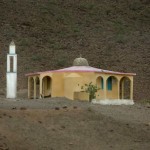 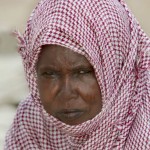 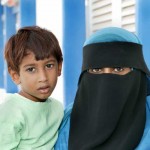  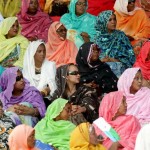 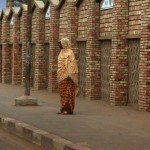 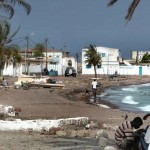 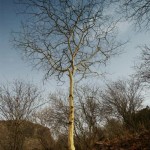 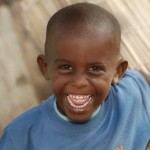  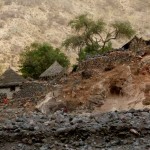 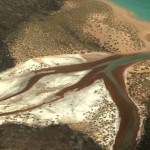 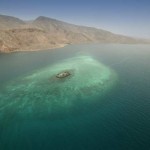 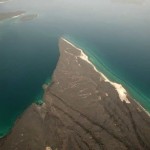 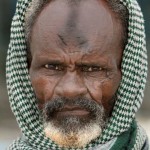 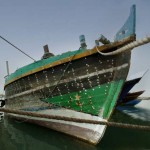 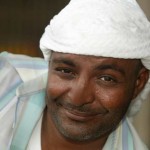 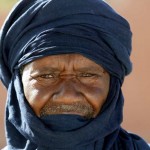 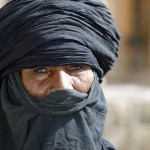 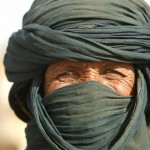 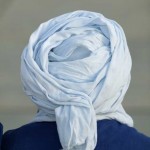 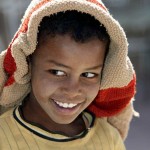 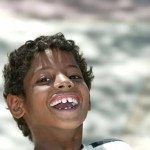 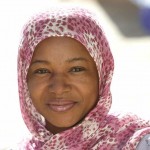 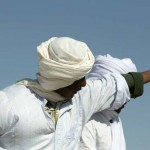 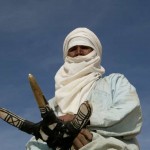 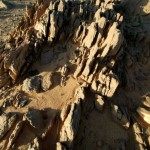 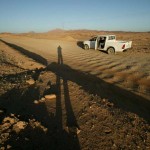 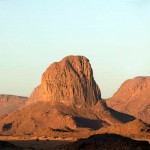 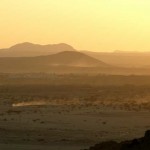 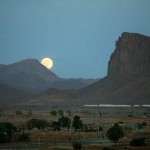 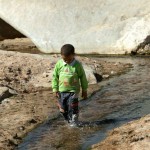 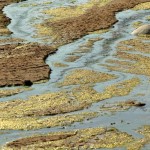 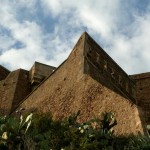 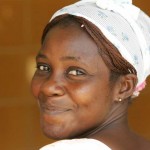 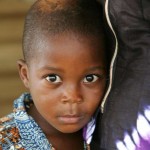 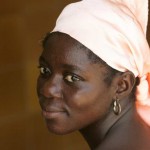 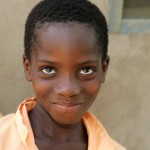 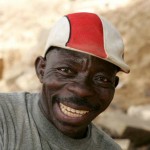 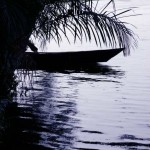 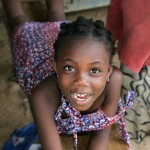 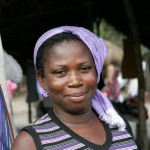 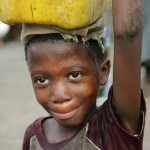 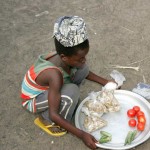 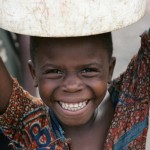  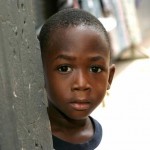 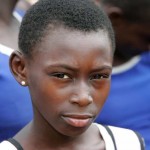 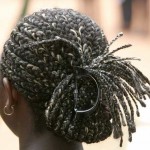 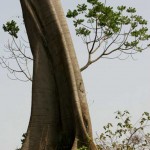 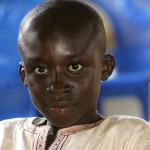 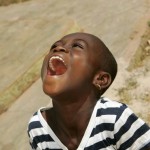  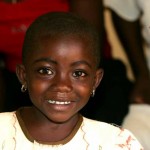 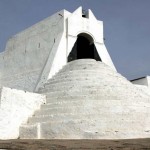 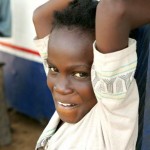 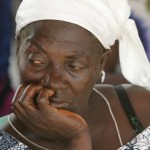 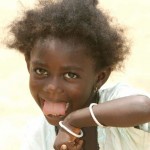 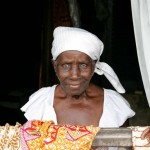 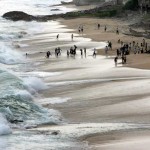 |
This post is also available in: Chinese (Simplified), French, Russian, Spanish





